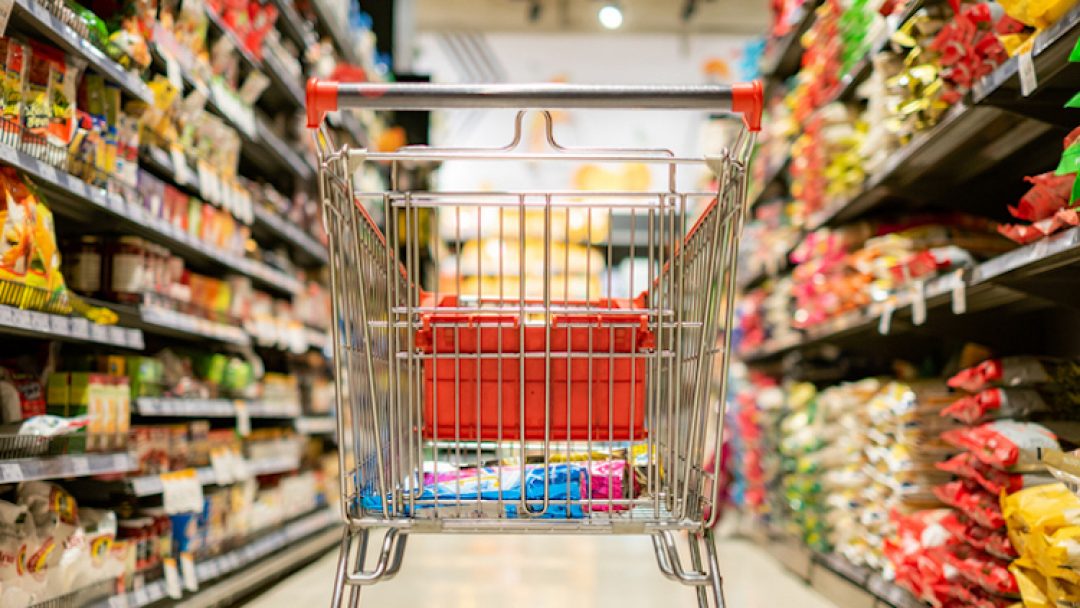Many Americans are dealing with sticker shock at the grocery store right now. From milk to coffee, the cost of food seems to keep going up. Restaurants nationwide are also feeling the pinch, like The Deck in Massachusetts.
“Well, I think everything that is like vacation-related is really expensive,” said Miriam Ozer who visited the restaurant with her son, Eli. “I got a lobster roll the other day and it was like $27 and I was like, ‘oh man.’”
“Talk about something that has a high food cost, you know, I mean, that one is off the charts. But how much can I charge for a lobster roll?” said Mark Audette, owner of The Deck.
Audette has struggled with the rising cost of food.
“When I look at prior years at what my food cost whereas a percentage, much, much higher this year. Some of it we can pass on, some of it we cannot. You know, how much can I charge for a French fry, you know?” he said.
Lobster, in particular, is more expensive this season due to limited supply and high demand.
Many consumers are headed back to seafood restaurants and markets for the first time in months. The cost of lobster goes up almost daily, so much so, that they don’t even bother writing prices on the menus at The Deck.
“The demand is always there but the pricing is always changing,” said Assistant Manager Samantha Quarantiello.
Quarantiello talks to enough customers to know many have their price limit when it comes to that lobster roll.
“It’s about 50/50. Some people are willing to pay and some people are more on the fence about it,” said Quarantiello.
You may not even eat lobster but what’s happening to the price of this shellfish is indicative of much larger market trends.
“We really are seeing some significant rises in food prices,” said Jason Lusk, a food economist.
Lusk sees firsthand at the grocery store how much more everyday items are costing us these days.
Grocery prices skyrocketed when the pandemic hit and never really came back down. Feed and grain are also costing farmers more, and those costs end up being passed down to shoppers.
“Demand for meat, fish products has been surprisingly strong,” said Lusk.
Among the most expensive items right now are rice, milk, oranges, and coffee.
Americans, on average, spend about 10% of their income on food.
“It has disproportionate impacts across our economy. Food price increases hit the lower end of the socioeconomic spectrum much harder,” said Lusk. “As the economy is opening back up there’s a lot of money and demand to be spent out there and it gets spent sometimes on lobsters and other high-end lobsters.”
At The Deck, they’ve had to absorb many increases related to food costs, decreasing their bottom line.
“I’d rather be busy, have people enjoy what they’re doing than price them out of the market,” said Audette.
One thing keeping restaurants afloat is alcohol sales. Alcohol hasn’t been hit by the same kind of increases as food has.
Over the past year, the price of eggs has increased nationwide by 8.2% and fresh meat has increased by 8.6%. Pasta, rice, dry beans and grains increased by 5.7% and processed meats, such as bacon, increased 9.2%.
What’s driving grocery price increases?
Nearly all of the factors contributing to increases in grocery prices can be linked to the COVID-19 pandemic.
Supply chain disruptions: The grocery supply chain is made up of three major components: production, processing and retail. Within those sectors, there are costs associated with transportation and energy and those costs are greatly influenced by factors such as weather disruptions to both crops and transportation and population fluctuations. In addition the global pandemic and an oil pipeline hack.
Higher demand: Over the last year and half, people have been cooking, eating and working at home much more, so they are grocery shopping more. To ease a bit of the pain early on, suppliers worked to shift high-demand products from shuttered restaurants to grocery stores.
Raw-materials prices have increased: Rising commodity costs are a factor. The Bloomberg Commodity Spot Index, which tracks 23 raw materials, is now at its highest level in almost a decade.
Transportation costs: Gas prices have risen. The primary one is demand. Prices plummeted during the early part of the pandemic, when everyone was staying at home. As everything has reopened, demand increased and so did gas prices. additionally, gas prices are always higher in the summer, when refineries switch to summer blends. And finally, the winter storms in Texas in February and the more recent ransomware attack on the Colonial Pipeline also drove up gas prices, which always impacts the cost of the goods being transported.
Higher labor costs: Labor shortages have forced many employers to pay higher wages. Many companies have had to in turn increase the costs of their products to maintain profit margins.
Grocers may offer fewer discounts: When demand for products is high, food manufacturers and grocery stores may offer fewer discounts and coupons. Discounts dipped at the start of the pandemic, when shoppers were scrambling to buy essentials and stockpile groceries. By late 2020, consumers started spending less, as extra unemployment money ran out, some of the discounts returned.








